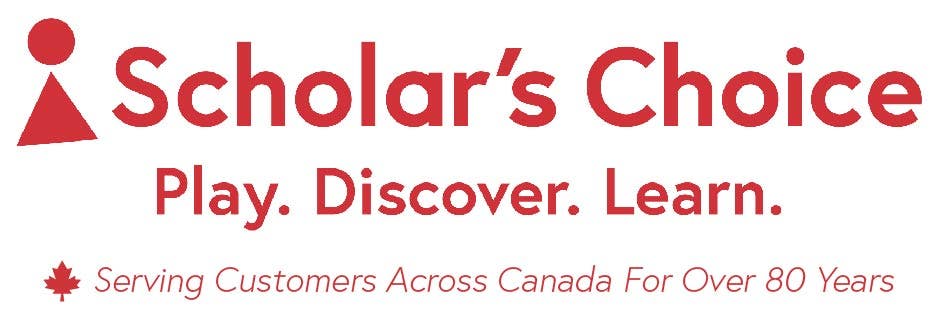

Alphabet Walks: Exploring Letters and Sounds in the Spring Outdoors
Spring is the perfect time to step outside, breathe in the fresh air, and turn nature into a hands-on learning environment. For young children, outdoor play isn’t just about movement—it’s also an opportunity to develop early literacy skills in a fun and meaningful way. One of the best ways to engage little learners in letter recognition, phonemic awareness, and vocabulary building is by going on an Alphabet Walk!
An Alphabet Walk is a simple, play-based learning activity where children explore the outdoors while searching for letters and sounds in nature. This interactive approach to early literacy allows children to connect letters to real-world objects, making learning more engaging, memorable, and developmentally appropriate.
Why Alphabet Walks Support Early Literacy Development
By taking literacy outside, children experience multi-sensory learning, which strengthens language skills, phonemic awareness, and comprehension. Here’s why Alphabet Walks are so effective:
- Letter Recognition: Seeing and forming letters in a natural environment reinforces letter identification.
- Phonemic Awareness: Finding objects that start with different sounds helps children connect letters to words.
- Hands-On Learning: Engaging sight, sound, and touch strengthens early literacy connections.
- Cognitive Development: Searching for letters encourages problem-solving and critical thinking.
- Vocabulary Building: Discussing what children find supports language development and conversation skills.
With just a little guidance, Alphabet Walks can transform an ordinary nature walk into an exciting outdoor classroom experience. Planning an Alphabet Walk is easy, adaptable, and suitable for different learning levels. Here’s how you can incorporate play-based literacy learning into your springtime adventures!
1. Choose a Letter Theme
Before heading outside, decide how you want to structure the walk:
Focus on a specific letter: Pick one letter (e.g., "B") and search for things that begin with that sound (bird, branch, bark).
Alphabet Challenge: Try to find something in nature for every letter from A to Z.
Name Walk: Look for letters that spell the child’s name (e.g., “E” in “Evergreen” and “M” in “Moss”).
Sound Hunt: Instead of focusing on letter shapes, find objects that make a certain sound, like rustling leaves for “R” or buzzing bees for “B.”
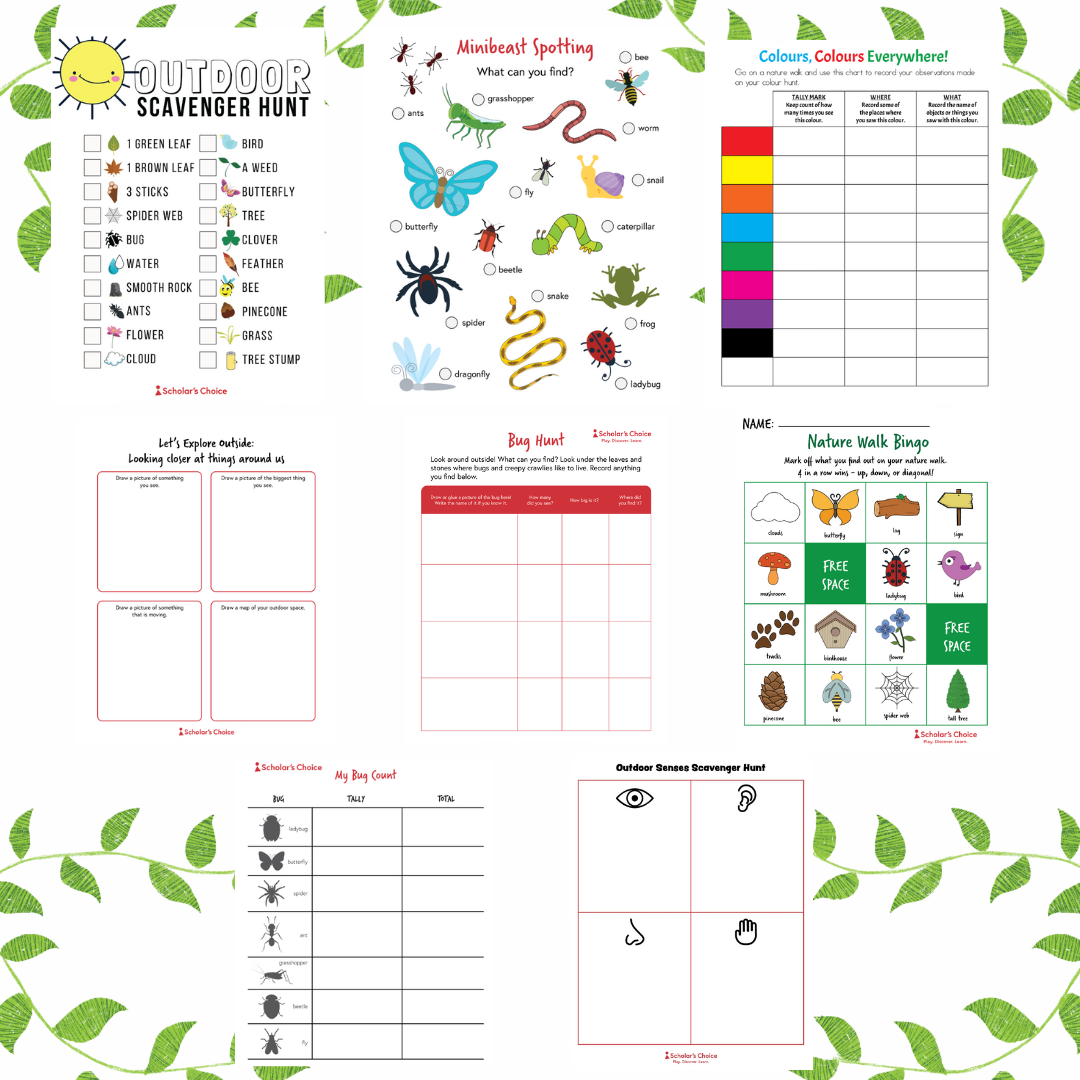

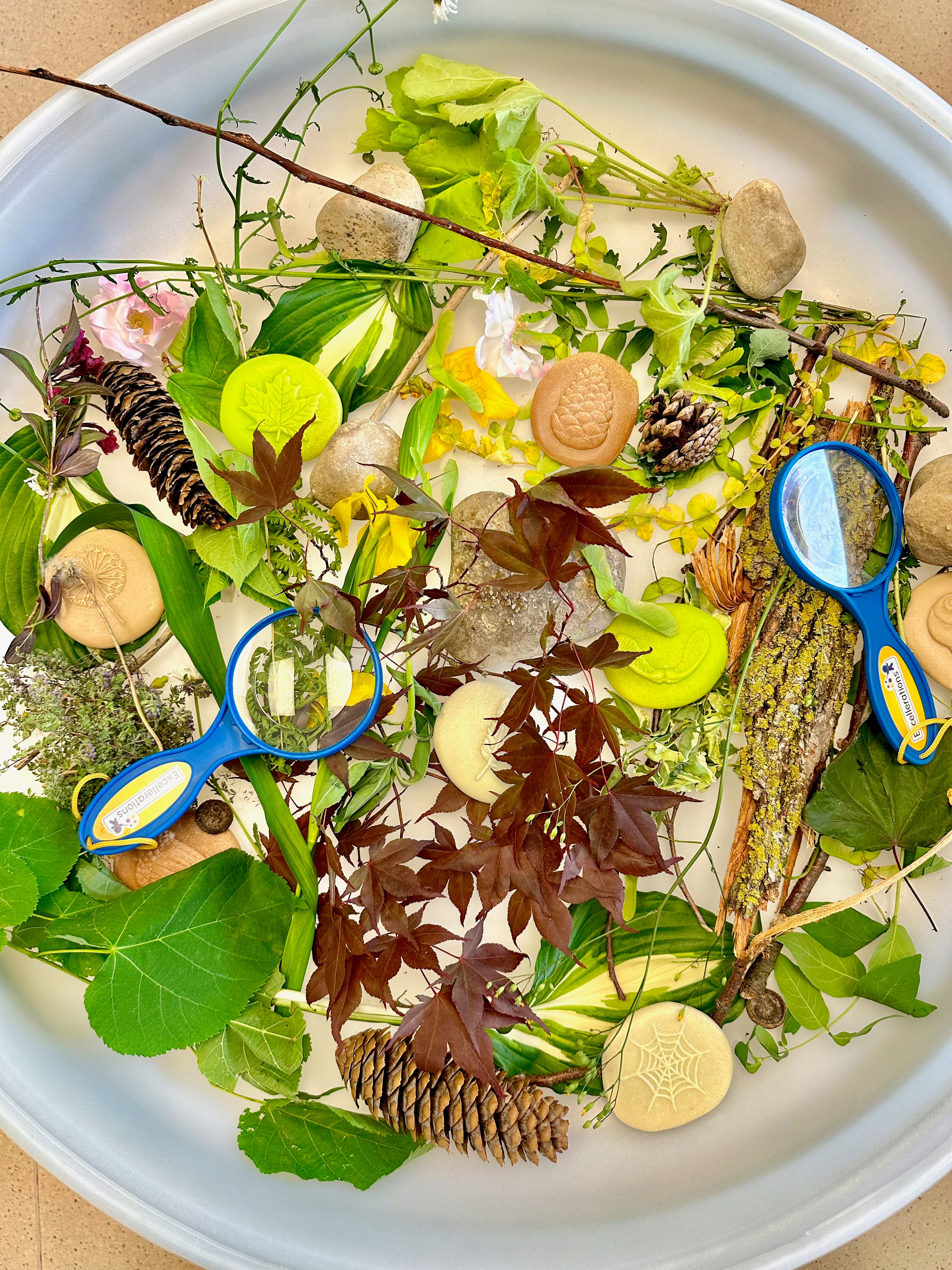

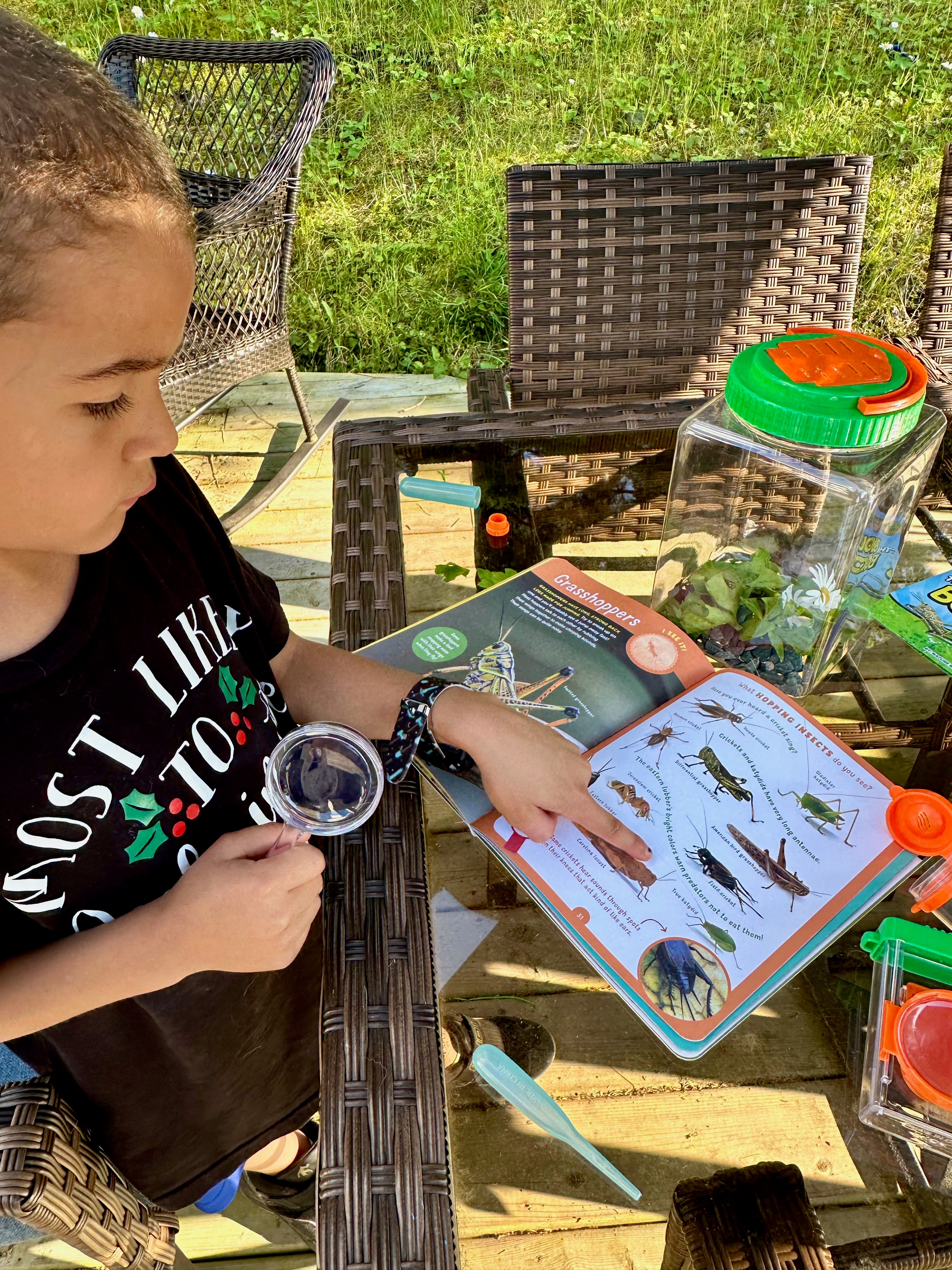

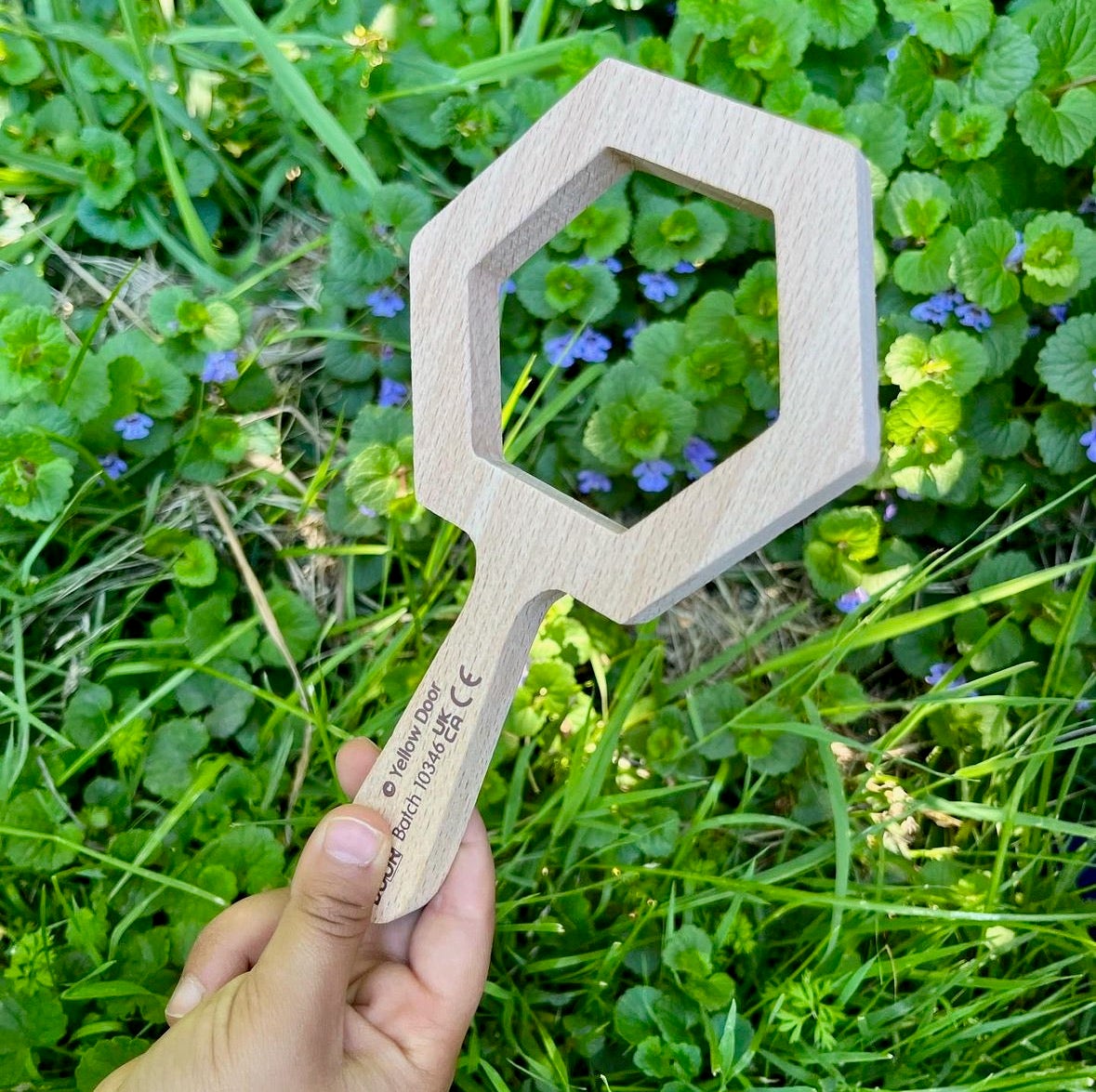

2. Gather Simple Learning Tools
While Alphabet Walks require minimal materials, a few simple tools can enhance the experience:
Alphabet Cards – Bring flashcards for reference, or make your own nature-themed alphabet cards.
Alphabet Journal – Encourage children to draw or write what they find.
Camera or Magnifying Glass – Let children take pictures or explore small details up close.
Chalk or Sticks – Use them to trace letters in the dirt or on pavement.
3. Start Exploring and Naming Letters!
Once outside, guide children in searching for letters, sounds, and words in their environment:
Find Letters in Nature: Look for tree branches, sticks, or cracks in the sidewalk that form letter shapes.
Listen for Letter Sounds: Identify sounds in nature—B for birdsong, W for wind, F for frog croaks.
Match Objects to Letters: "We found a flower! What sound does ‘flower’ start with?"
Spot Letters in Signs or Vehicles: If walking near streets or parks, point out letters on signs, benches, or cars.
Make Nature Letters: Collect leaves, twigs, or pebbles to form letters on the ground.
Encourage children to say the letter, make the sound, and describe what they see—this builds phonemic awareness and early reading confidence!
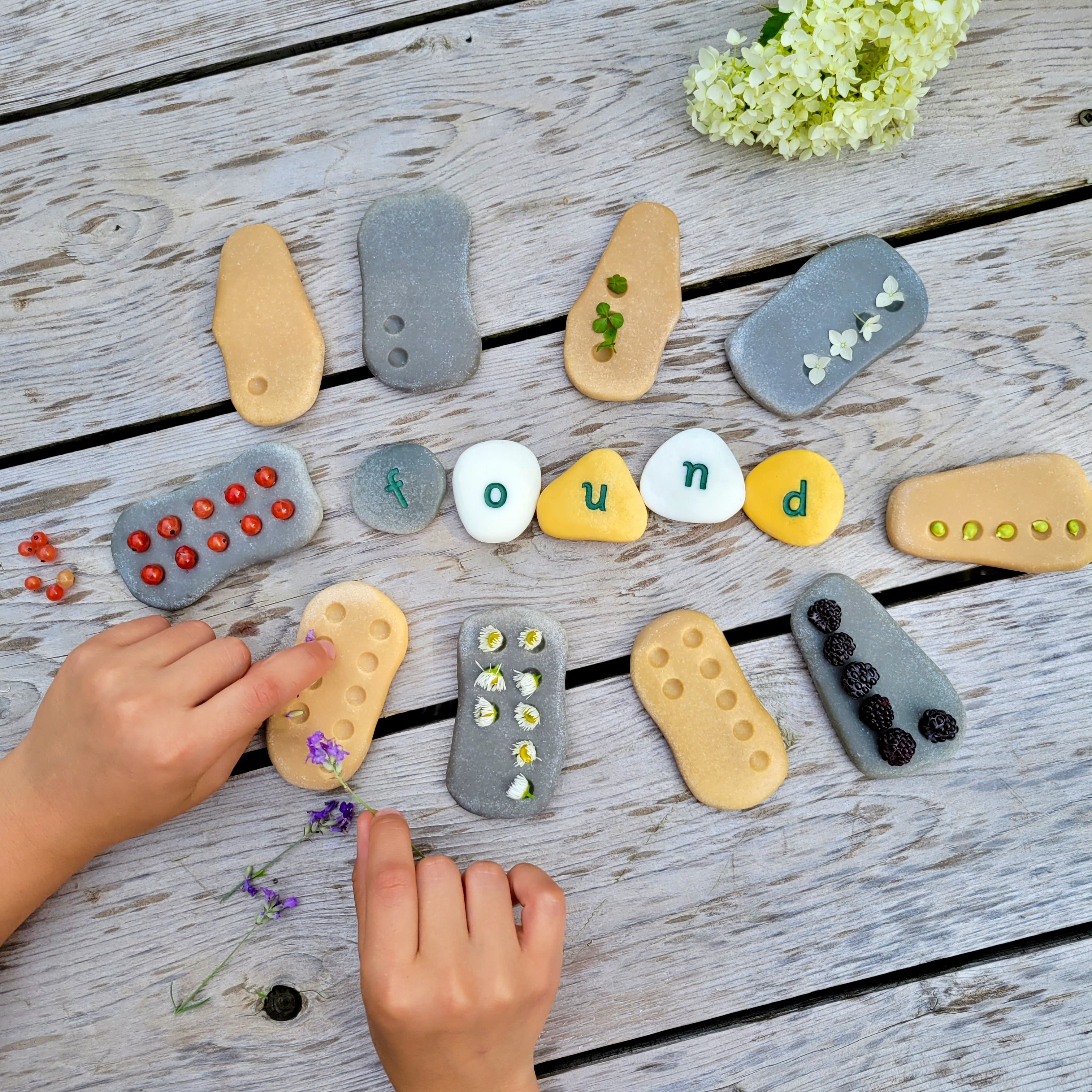

Extending the Learning After the Alphabet Walk
Once the walk is over, continue the literacy fun with engaging activities that reinforce the concepts learned outdoors.
Create an Alphabet Scrapbook: Glue collected leaves or flower petals onto paper and label them with the matching letter.
Nature Letter Art: Use sticks, mud, or flower petals to spell out names or favourite words.
Sing Alphabet Songs: Relate what you found to songs like "A is for Apple" or "Bingo."
Tell an Alphabet Story: Use words from the walk to create a silly nature story!
By extending literacy play beyond the walk, children deepen their understanding of letters, sounds, and words in a natural and joyful way.
An Alphabet Walk is a simple yet powerful way to support early literacy development while enjoying the benefits of outdoor learning. Through exploration, discovery, and play, children build essential reading skills, expand vocabulary, and develop a love for language—all while immersed in the beauty of spring!
So grab your alphabet list, step outside, and watch as letters and words come to life in the great outdoors!

